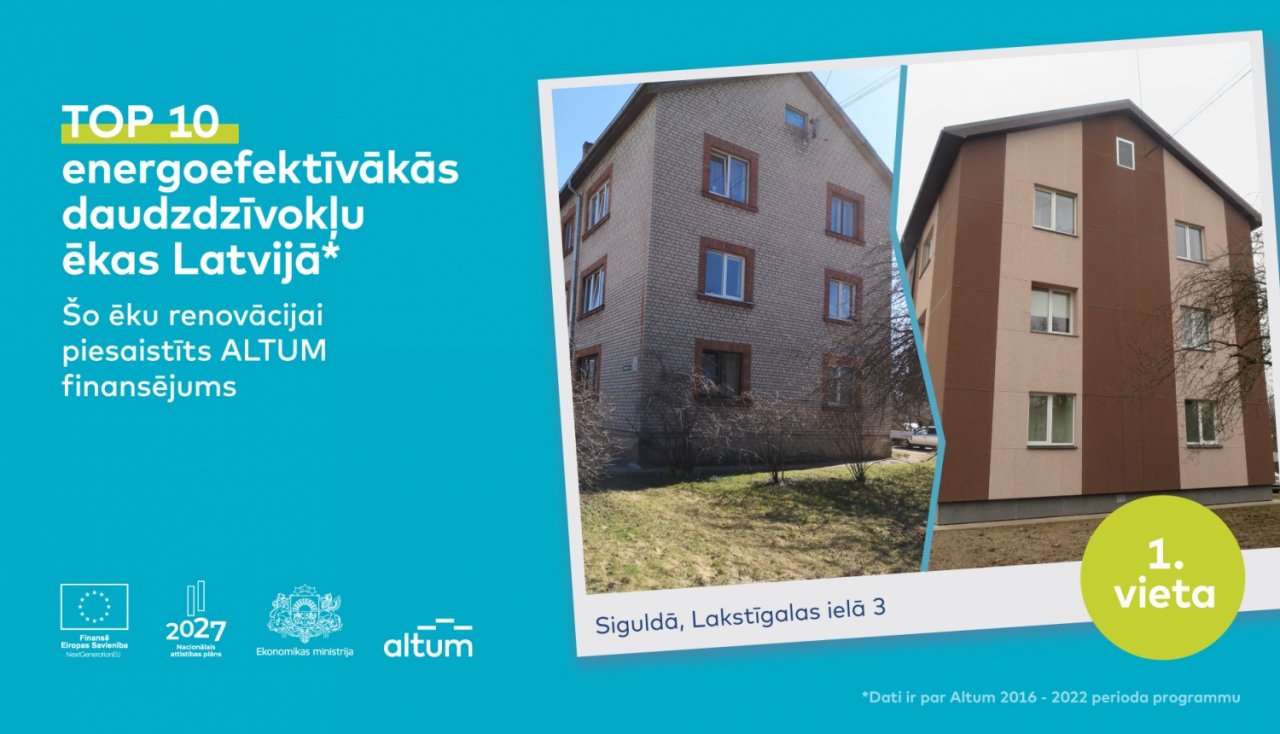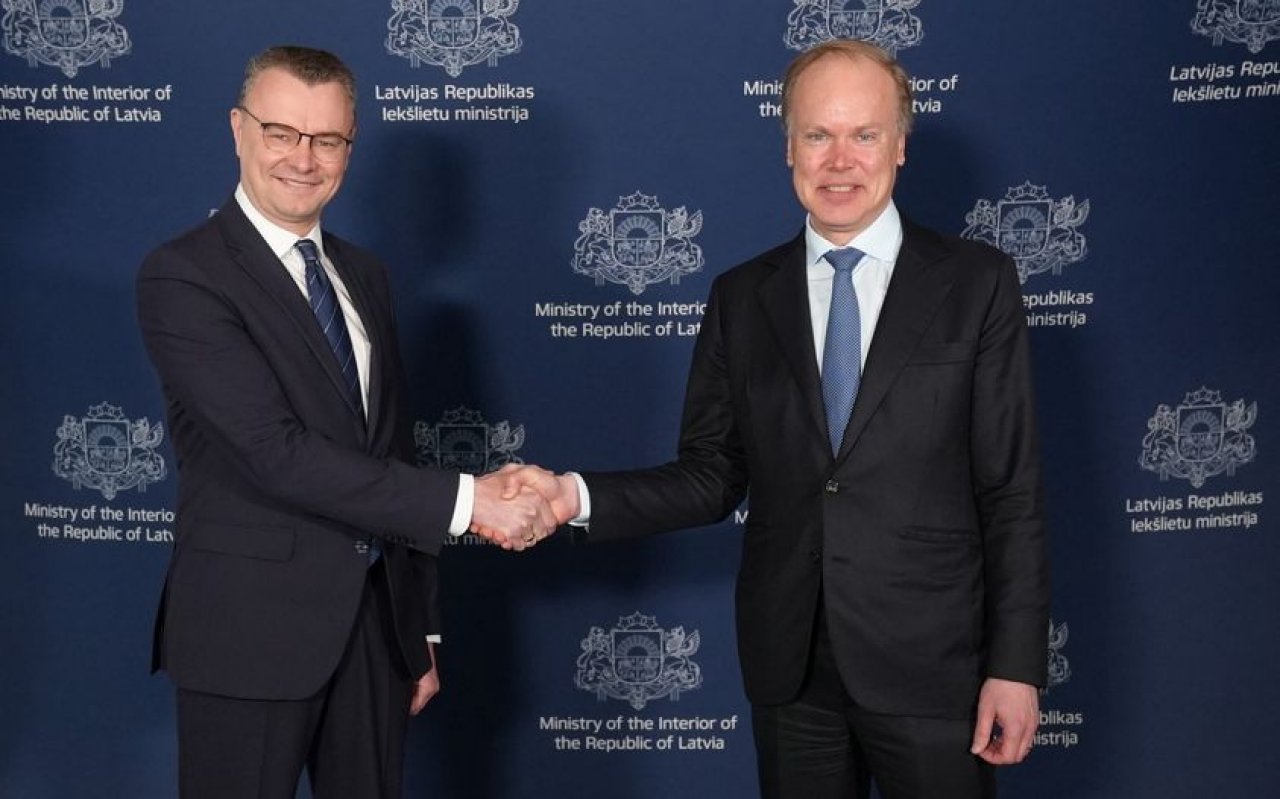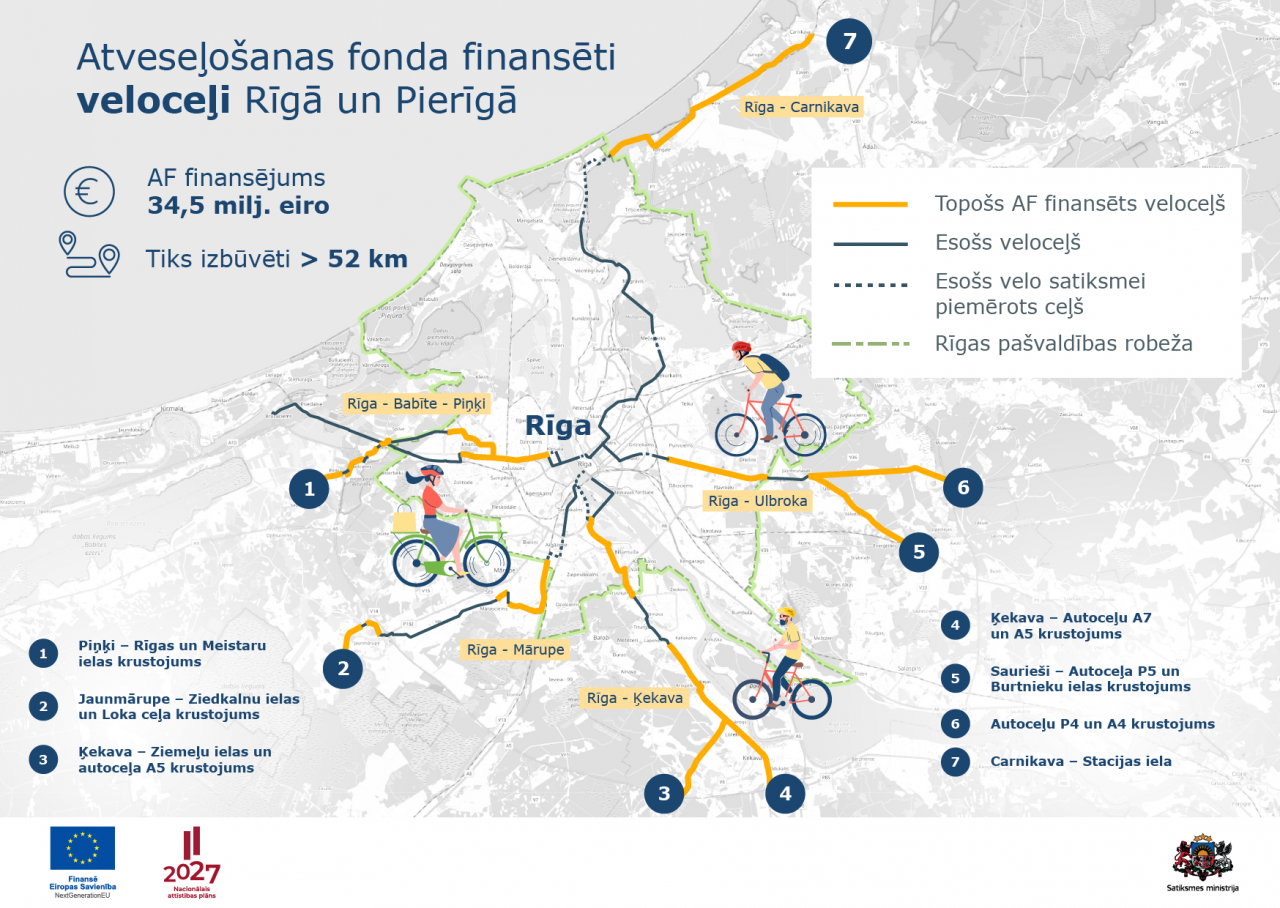The information was translated using the ChatGPT service.
Insulation and renovation of a dwelling is a relevant issue for almost every resident living in a multi-apartment building. The past year has been marked by an increase in energy resource prices, which has also increased interest in improving the energy efficiency of houses. At the end of last year, the Development Finance Institution ALTUM launched a new state support program for improving the energy efficiency of multi-apartment buildings, where projects are submitted, and the house renovation process will begin in the coming months. At the same time, this year marks the end of the previous EU funds period program, in which a total of more than 600 multi-apartment buildings are being renovated with ALTUM support, attracting €157.1 million in grant form from ALTUM.
Building insulation and renovation bring many benefits, ranging from an attractive and comfortable living environment to significant financial gain. This is evidenced by the experience of multi-apartment houses that have already completed the renovation. With ALTUM support, more than 600 multi-apartment buildings have been renovated, helping to improve living conditions for more than 50,000 residents throughout Latvia. "I encourage you to take advantage of the opportunities offered by the new program and apply for the renovation of your home," emphasizes Ieva Vērzemniece, Head of ALTUM Energy Efficiency Program Department.
By summarizing data on houses renovated with ALTUM co-financing from EU fund resources, ALTUM has created an overview of the ten most energy-efficient buildings in Latvia. The TOP ten house examples are ranked in order of the greatest savings compared to initial consumption and cost savings per square meter.
TOP 10 most energy-efficient buildings in Latvia:
Savings 83% – house in Sigulda, Lakstīgalas Street 3, first commissioned in 1960. The renovation included various refurbishment works, including basement ceiling insulation, window and basement door replacement, attic ceiling insulation, facade and plinth insulation, installation of inflow valves, heating system and heat point reconstruction, and lightning protection construction. The initial calculated heat energy consumption for heating was 181.5 kWh/m2 per year. Evaluating post-monitoring data, the average achieved heat energy consumption is 31.55 kWh/m2 per year. Meanwhile, evaluating the financial benefit, the cost savings amount to 8.9 euros per square meter. After the renovation measures, the building has obtained an energy class B. Before and after photos of the project are available at link.
Savings 83% – building in Sigulda, Pulkveža Brieža Street 24. The house was first commissioned in 1979. The renovation project included basement ceiling insulation, window and exterior door replacement, roof insulation, facade and plinth insulation, driveway insulation, installation of inflow valves, reconstruction of the heating system and heat point, and lightning protection. The initial calculated heat energy consumption for heating was 165 kWh/m2 per year. Evaluating post-monitoring data, the average achieved heat energy consumption is 27.59 kWh/m2 per year. Meanwhile, evaluating the financial benefit, the cost savings amount to 8.2 euros per square meter. After the renovation measures, the building has obtained an energy class B. Before and after photos of the project are available at link
71% Savings - A building in Talsi, located at Bētiņu Street 4, was first put into operation in 1982. During the renovation, the basement ceiling was insulated, windows and exterior doors were replaced, the attic ceiling, facade and plinth were insulated, air inflow valves were installed, and the heating system, heat node, as well as the cold and hot water supply systems were rebuilt. The initial estimated heat energy consumption for heating was 169.3 kWh/m² per year. According to post-monitoring data, the average achieved heat energy consumption is 49.55 kWh/m² per year. Evaluating the financial benefit, the cost savings after renovation amount to 6.2 euros per square meter. After the renovation, the building has been upgraded to energy class B. Before and after photos of the project are available here.
71% Savings - A house in Sigulda, Institūta Street 10, was first put into operation in 1979. The renovation project included insulating the basement ceiling, replacing windows and exterior doors, insulating the attic ceiling, facade, and plinth, installing air inflow valves, and reconstructing the heating, cold, and hot water systems, and setting up lightning protection. The initial estimated heat energy consumption for heating was 159 kWh/m² per year. Post-monitoring data indicates an average achieved heat energy consumption of 45.63 kWh/m² per year. The cost savings amount to 5.8 euros per square meter after renovation. The building has been upgraded to energy class B. Before and after photos of the project are available here.
71% Savings - A house in Vecumnieki, Rīgas Street 33. The renovation involved insulating the basement ceiling, replacing windows and exterior doors, insulating the attic, facade, and plinth, installing air inflow valves, and rebuilding the heating system. The initial estimated heat energy consumption for heating was 159.19 kWh/m² per year. Post-monitoring data shows an average achieved heat energy consumption of 46.66 kWh/m² per year. The cost savings after renovation are 5.7 euros per square meter. The building has been upgraded to energy class B after the renovation works. Before and after photos of the project are available here.
70% Savings - A house in Pūre, Pūres Street 22, was first put into operation in 1974. The project involved insulating the basement ceiling, replacing windows and exterior doors, insulating the attic ceiling, facade, and plinth, installing air inflow valves, and rebuilding the heating system, hot and cold water systems, as well as the sewerage system. The initial estimated heat energy consumption for heating was 177.87 kWh/m² per year. Post-monitoring data shows an average achieved heat energy consumption of 53.50 kWh/m² per year. The cost savings after renovation are 4.8 euros per square meter. The building has been upgraded to energy class B. Before and after photos of the project are available here.
70% Savings - A house in Saldus, Rīgas Street 18, was first put into operation in 1970. Various restoration works were carried out - insulating the basement ceiling, replacing windows and exterior doors, insulating the attic ceiling, facade, and plinth, installing air inflow valves, rebuilding the heating and heat node, hot and cold water systems in the basement rooms, and installing lightning protection. The initial estimated heat energy consumption for heating was 119.3 kWh/m² per year. Post-monitoring data shows an average achieved heat energy consumption of 36.16 kWh/m² per year. The cost savings are 3.8 euros per square meter. The building has been upgraded to energy class B after the renovation works. Before and after photos of the project are available here.
70% Savings - A building in Jūrmala, Zigfrīda Meierovica Prospect 9, was first put into operation in 1971. The second floor ceiling insulation, window replacement, and facade insulation were carried out. The initial estimated heat energy consumption for heating was 79.4 kWh/m² per year. Post-monitoring data shows an average achieved heat energy consumption of 23.46 kWh/m² per year. The cost savings after renovation are 2.4 euros per square meter. The building has been upgraded to energy class B. Before and after photos of the project are available here.
70% Savings - A building in Bauska district, Īslīce parish, Bērzkalnos, Bērzkalni 11, was first put into operation in 1984. The renovation project involved insulating the basement ceiling, replacing windows, insulating the roof, facade, and plinth, and installing air inflow valves. The initial estimated heat energy consumption for heating was 136.2 kWh/m² per year. Post-monitoring data shows an average achieved heat energy consumption of 40.37 kWh/m² per year. The cost savings after renovation are 0.1 euros per square meter. The building has been upgraded to energy class B. Before and after photos of the project are available here.z
ALTUM's multi-apartment building energy efficiency program, which ended this year, is renovating a total of 623 buildings. Most or 49.8% of the projects were implemented in Riga and its surroundings, of which 15.3% in Riga. Kurzeme ranks second with 20.9%, while Vidzeme is third with 17%. There was significantly lower interest in Zemgale – 8.7%, and in Latgale – 3.7%.
The new program for improving the energy efficiency of multi-apartment buildings, which was launched at the end of last year, is funded from the European Union's Recovery Fund, and its available funding is €57.2 million. The program covers up to 49% of the total energy efficiency project costs excluding VAT. Residents can borrow the remaining funding from commercial banks in the form of a loan or use home savings. To receive support, the project must obtain a loan from the bank or, if the bank does not grant the loan, an ALTUM loan of at least the capital discount amount. For the bank loan, it is also possible to obtain an ALTUM guarantee.
About ALTUM
The Development Finance Institution ALTUM is a capital company owned by the Latvian state, which provides support to certain target groups in the form of financial instruments (loans, guarantees, investments in venture capital funds, etc.) under specific programs, complementing it also with non-financial support (consultations, mentoring), and implementing other state-delegated functions. In June 2017, ALTUM received a long-term credit rating of Baa1 from the international credit rating company Moody's for the state-owned company, confirming ALTUM's stable financial situation. On October 24, 2017, ALTUM bonds were included in the regulated market - Nasdaq Riga Baltic Debt Securities List. ALTUM received the Nasdaq Baltic Awards 2019 award in the nomination "Stock Exchange Event of the Year in Latvia".
Additional Information:
Sandra Eglīte
ALTUM Public Relations Manager
Phone: 26577810
Email: sandra.eglite@altum.lv


